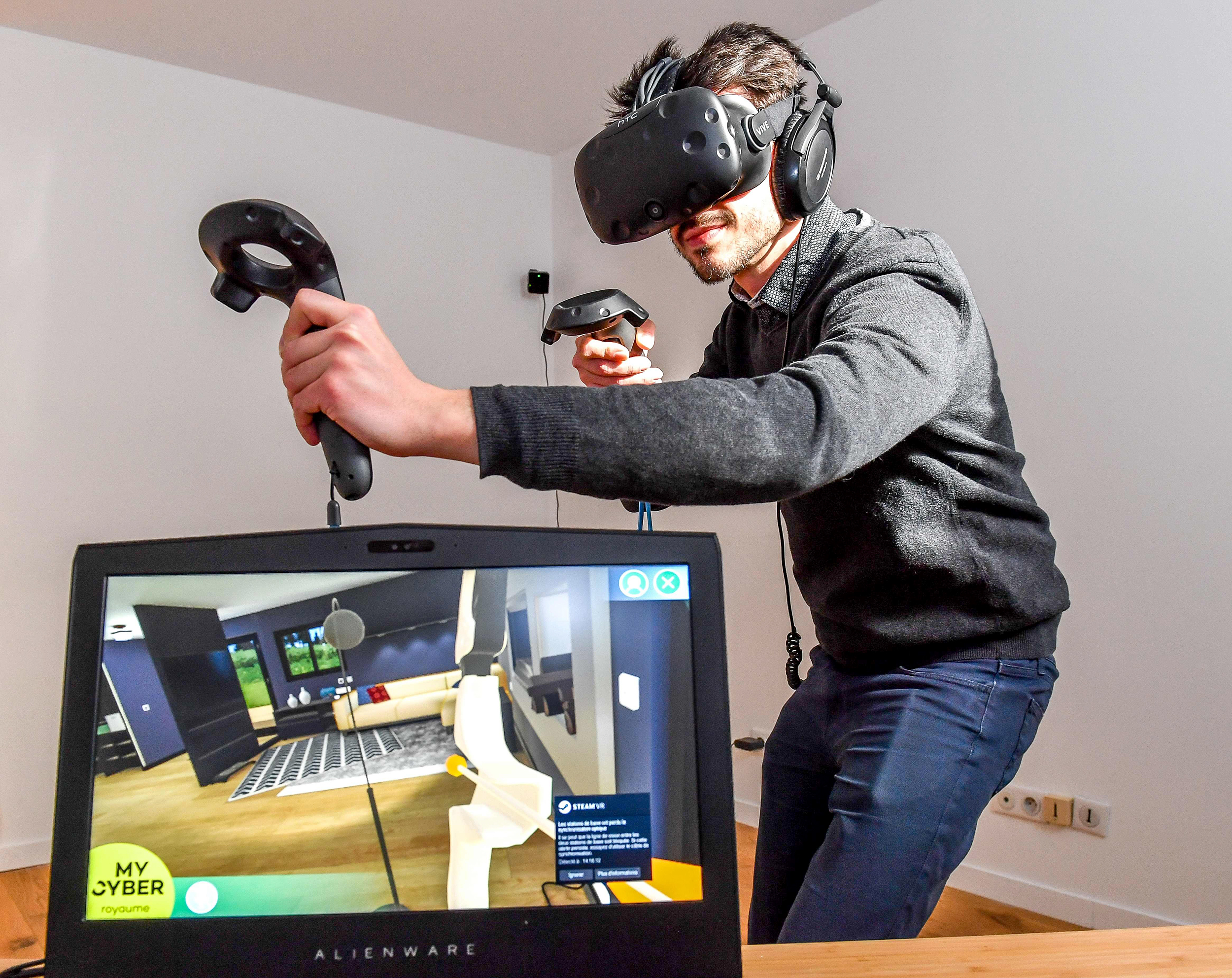Virtual Reality (VR) headsets have revolutionized the way we experience digital content, offering an immersive and interactive world that transports us beyond our physical surroundings. With advancements in technology, VR headsets have become more accessible and capable of delivering incredible experiences. In this article, we will take a closer look at virtual reality headsets, exploring their features, capabilities, and the transformative experiences they offer.

At a center in Lille Virtual reality technology is being used to assist people with cognitive disorders. / AFP PHOTO / PHILIPPE HUGUENPHILIPPE HUGUEN/AFP/Getty Images
1. Types of VR Headsets:
There are primarily two types of VR headsets: tethered and standalone. Tethered headsets, like the Oculus Rift and HTC Vive, require a connection to a powerful computer for processing and rendering VR content. Standalone headsets, such as the Oculus Quest and HTC Vive Focus, are self-contained devices that do not require external hardware, offering freedom of movement and ease of use.
2. Immersive Visuals:
VR headsets feature high-resolution displays that are placed close to the eyes, creating a sense of immersion and eliminating the boundaries of traditional screens. The visuals are often in 3D, providing depth perception and a more realistic experience. High refresh rates and low latency are essential for smooth and comfortable visuals, reducing motion sickness and enhancing the overall immersion.
3. Spatial Audio and Sound:
Virtual reality experiences are further enhanced by spatial audio, which provides a three-dimensional sound environment. VR headsets often include built-in headphones or audio systems that deliver realistic sound effects, accurately positioning audio sources in virtual space. This adds to the sense of immersion and presence, making the virtual world feel more real.
4. Tracking and Controllers:
Accurate tracking is crucial for a seamless and immersive VR experience. Many VR headsets utilize external sensors or cameras to track the user’s movements in real-time. This allows for precise tracking of head movements and, in some cases, full-body tracking. VR controllers enable users to interact with the virtual environment, providing a sense of presence and allowing for intuitive interactions.
5. Content and Experiences:
The availability of diverse VR content and experiences is essential for a fulfilling VR journey. From gaming and entertainment to educational and professional applications, VR offers a wide range of experiences. VR platforms like SteamVR, Oculus Store, and Viveport provide access to a growing library of VR games, apps, and experiences, catering to various interests and preferences.
6. Social Interaction:
VR headsets also offer social interaction in virtual spaces. Multiplayer VR games and social platforms allow users to meet and interact with others in virtual environments, creating shared experiences and fostering a sense of community. This adds a new dimension to socializing, collaborating, and connecting with people from around the world.
Conclusion:
Virtual reality headsets have opened up a world of possibilities, immersing users in captivating virtual environments and experiences. Whether you opt for a tethered or standalone headset, VR offers incredible visuals, spatial audio, precise tracking, and interactive controllers. With a growing library of content and the ability to connect with others in virtual spaces, VR continues to expand its horizons. Consider your budget, desired experiences, and technical requirements when choosing a VR headset. Immerse yourself in a new world and unlock the transformative potential of virtual reality.